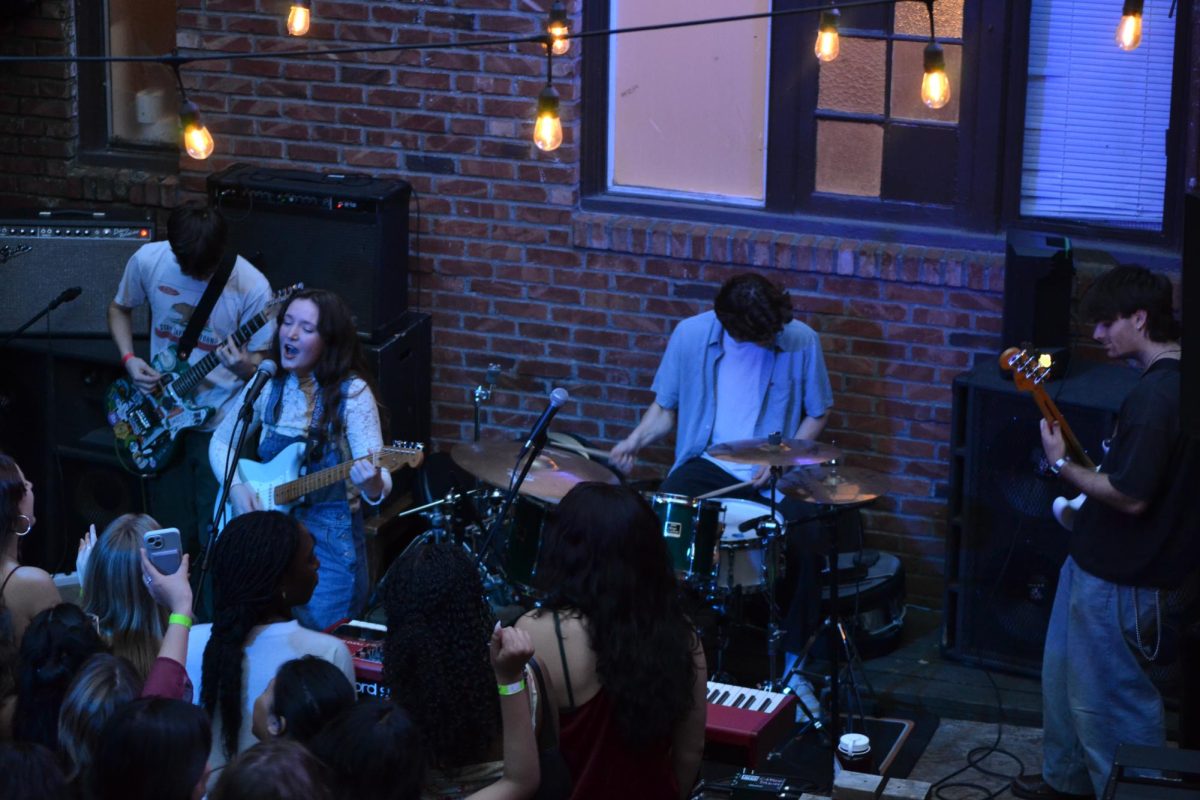Foundations courses required of art majors
Emilia Sunderland has spent a lifetime honing her artistic skill.
She started early, drawing and doodling as much as possible, beginning in middle school and continuing into her studies as an art student. Currently, Sunderland is double majoring in general art and special education as a second-year at Seattle Pacific University.
Sunderland joked about becoming an artist just to spite her middle school bully, but explained that the real influence came from loving to draw the characters she had read in her Greek mythology books.
At the time, she did not draw because she wanted to be good, she drew because it was fun.
That is still the case now, but the mantle of art student comes with greater responsibility that leaves little room for art that is described done just “for funsies,” according to Sunderland.
“I just knew I wouldn’t be happy if I didn’t get to make art. And obviously I can make art without an art major, but I knew that college would be more fun if I got to create,” Sunderland said, full of confidence.
For many students, including Sunderland, the art foundations courses are the ways students enter into the world of art, whether that means through knowing formal techniques or understanding the mindset from which art is created.
All art students at Seattle Pacific, Sunderland included, are required to take three foundational courses before they can apply for the art major. Each course has a different focus, all catering to different potential careers in art.
It is not necessary to take the courses in a specific order. Art 1105, Surface, is where students are given the opportunity to experiment with mediums such as gouache, graphite and digital media that includes Adobe Photoshop and Illustrator.
Next is art 1106, Space, in which students learn about different mediums and build the muscles imperative for creating sculptures.
Lastly comes art 1107, Time, where students use predominantly digital media to practice good storytelling through visual media, such as drawing, photography, animation and film.
Elly Ha, a sophomore who intends to major in illustration, explained how impactful the foundations courses were for her art.
“I used to think that I had nothing to learn and that these foundation courses would be really easy, but I’ve come to realize art is a learning process and it’s not like you can learn everything at once,” Ha said.
However, in the age of YouTube, Tumblr, Reddit and Instagram, it is much easier to access skill-based teaching, like that of the foundations courses, without needing to attend a university to receive formal training.
According to Sunderland, though, an aspiring artist who does not see art exclusively as a hobby, but as a career, would need formal instruction from professors who have also trained in art and are artists with real-world experience.
“These videos and forums are impersonal,” Sunderland said. “They are not the same as having Scott Kolbo (professor of art at SPU) stand over your shoulder and say, ‘Oh hey no, this is how you do it.’ Then you just have so much more of a connection, I think, to the art.”
The same follows for Ha, who explained that even though she had experience in art before taking the foundations courses, it was those courses that gave her the formal training — the foundations of art if you will — she needed to grow in her art.
“The thing foundations gives students in general is a way of learning, especially for those people who like art but they’re not really sure,” Ha said. “It’s just a way to provide a gate to what they want to do.”
The foundation courses are also the classes that students who art not art majors would take to fulfill an art credit. According to Ha, the classes carry value whether or not the student is a n art major.
Sunderland, as well as the many other students at Seattle Pacific University, are given the chance to explore artistic mediums while also simultaneously training to think like an artist, even if that means not all of what they learn in the foundations courses are applicable to their potential vocation.
“Once I know how something works, even if it is just the tip of the iceberg of sculpture or animation— barely scratching the surface— I have so much more respect for that because I know the work that goes into it,” Sunderland said.
















































































